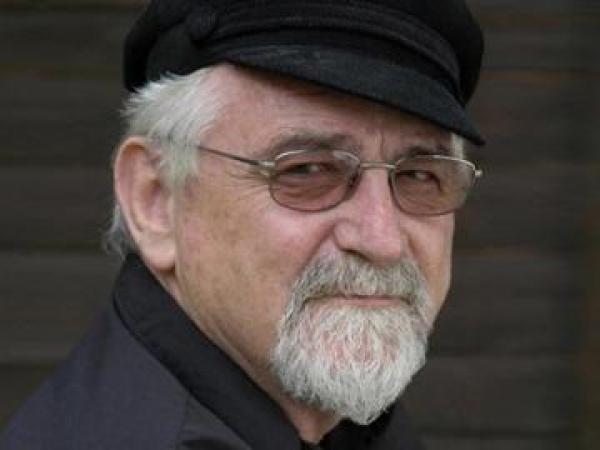Of social class and door mats

The question of class came to the fore this week with that arch free marketeer Ann Bernstein and the Centre for Democracy and Enterprise (CDE) hailing the potential growth of a global middle class, among them teachers. At the same time, the Democratic Teachers’ Union (Sadtu) concluded its conference, declaring teachers to be “revolutionary professionals, agents of change…in pursuit of socialism”.
Strange as it may seem at first sight, these two positions have a great deal in common: they both promote myths. Ironically, the stand of Bernstein and the CDE also puts them ideologically in bed with communist icons Frederick Engels and VI Lenin.
The link with Engels and Lenin came when Bernstein this week lauded what she and the CDE perceive to be the global growth of the “the middle class”. She was referring to men and women who sell their labour, have steady employment at reasonable levels of pay and enjoy a better lifestyle than “the poor”.
This was the very class of people described by Engels more than 150 years ago as the “aristocracy of labour”. Lenin agreed in 1916 when he wrote that higher paid workers in permanent jobs in developed countries had become part of their establishments. They had, in Bernstein’s terms, become middle class and conservative.
This was at a time when economies had been in a growth phase, powered, certainly in the case of Britain, by colonial conquest. Skilled workers in the imperialist countries, their labour urgently needed, could be paid premium wages based on the additional profits gleaned from exploitation of workers in the colonies. It was assumed that they were effectively “bought off” by their bosses and, as such, identified with, and supported, the status quo.
This seems to remain the idea behind the notion that it is necessary to create a middle class “buffer” between the rich and poor in order to maintain stability. It is a classic conservative proposition that argues that there can be no alternative to the present economic and social system, merely a few variations on the same theme.
However, Lenin’s view was shattered in 1919 when most of this supposed “aristocracy” in Britain went on strike, especially in Belfast and Glasgow. They did so against the wishes of both the union leaderships and the Trade Union Congress, highlighting the danger of creating myths, of allowing prejudice and perception to cloud reality.
Similar eruptions of protest and identification as workers have occurred over succeeding decades in various countries: there is nothing like austerity to shatter illusions of being middle class and so immune from the job insecurities and pay cuts of other workers. Which is perhaps why, in these economically straitened times, so many South African teachers are unionised and regard themselves as workers, even if not revolutionaries or socialists.
But illusions do still exist. However, these are subjective. Objectively, teachers, like nurses, ditch diggers, drivers and all others who sell their labour in order to survive are members of the massive global class of workers. Their position in the social strata is fundamentally determined by their relationship to work.
To ignore this reality and to make plans and policies based on myth is not only silly, it could be dangerous. But at least the modern myth makers are not as crude as Professor Edward Batson,one time head of the sociology department at the University of Cape Town.
The late Lionel Forman reported, that he and other students were sent out by Batson in 1945 to count the number of households in Cape Town’s District Six that had door mats. Those that did not were decreed to be “poor”. At its most absurd, it could have led to a poverty relief programme that provided door mats.
Support independent journalism
Donate using Payfast

Don't miss out on the latest news
We respect your privacy, and promise we won't spam you.
Next: How an Ebola clinic works
Previous: How I crossed the border illegally

This article is licensed under a Creative Commons Attribution-NoDerivatives 4.0 International License.
